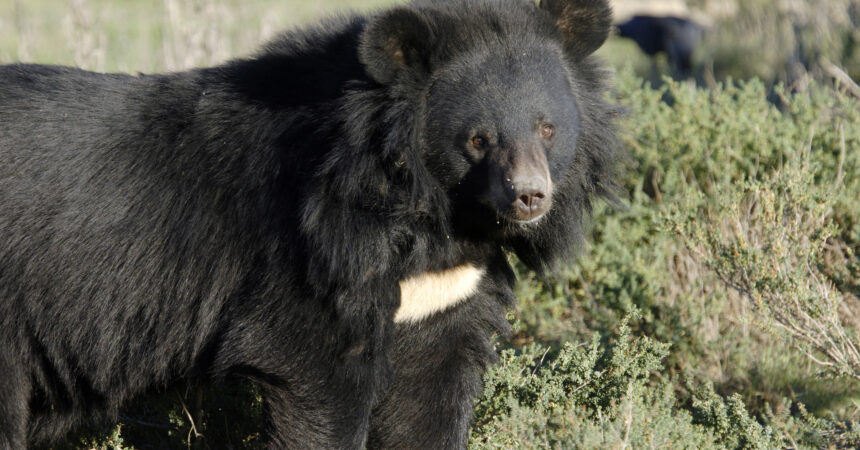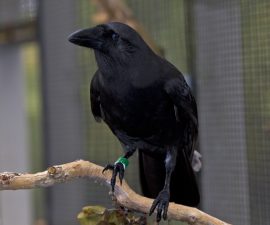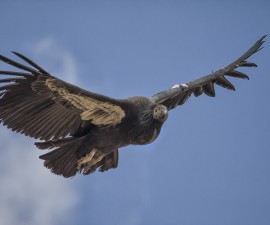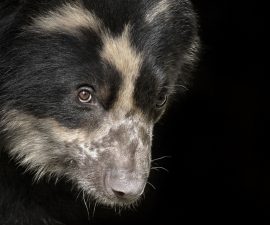The Conservation Social Scientist’s Approach to Ending Illegal Trade
When it comes to combatting illegal wildlife trade (IWT), traditional methods of enforcement—namely on-the-ground ranger patrols—often come to mind. But across the globe, patrols have been found to be ineffective at halting IWT, and they are costly in funds, time, resources, and poacher and ranger lives.
The need for effective methods to stop IWT—which ties directly to the need for sustainable protection of species and the inclusion of local communities in conservation—is at the forefront of the work being done by the applied conservation social scientists of the Community Engagement team at San Diego Zoo Wildlife Alliance (SDZWA). A critical part of this work is to comprehend the drivers of IWT, which includes understanding the cultural and socioeconomic factors that influence consumption of wildlife products.
SDZWA postdoctoral associate Elizabeth Davis, Ph.D., is currently clarifying these factors in relation to bear bile consumption in Vietnam. Evidence shows bear bile consumption is highest in Vietnam, where it is most often used medicinally. This practice presents a significant threat to Asiatic black bears, which are poached or illegally farmed for their bile.
Approaching the issue as a conservation social scientist, Dr. Davis focuses on halting consumer demand for bear bile, rather than focusing efforts on halting generation of supply. Doing so requires consideration of the nuances of consumption: by teasing apart the fundamentals underlying the demand and understanding the profile of those who consume wildlife products, Dr. Davis and her team can devise strategically tailored interventions for specific audiences—thus increasing the likelihood that these interventions will be relevant, accessible, and ultimately effective.
Briefly, Dr. Davis and her collaborators at Vinh University put this into practice by first speaking with locals; they surveyed and interviewed over 2,400 people across Vietnam. The questions they asked sought to clarify the factors directly related to consumption (such as frequency, source, and purpose), but also to identify indirect influences that may be rooted in personal beliefs and values (including cultural, familial, and social norms).
The next step will be to hold a workshop in Vietnam (in March 2022)—led in conjunction with Vinh University, and bringing in experts and community members from around the country—to discuss the findings and collaboratively design an appropriate behavior change campaign. This will be, at its core, a conservation marketing campaign, using avenues such as printed flyers or community meetings to positively encourage the audience to effect changes in their behavior—in this case, choosing not to buy or consume bear bile. This will, ideally, result in a subsequent reduction in demand, which will, in turn, drive down the poaching and farming that beget supply and threaten bears.
Consumer-focused demand reduction will not singlehandedly terminate IWT; after all, IWT is a complex, multifaceted problem that will require comprehensively holistic solutions. However, one significant advantage of this approach is that it is both applicable on a global scale and specifically relevant to individual contexts, making its potential for impact noteworthy. Thus, this powerful approach advances the progress of SDZWA, our partners, and the global conservation community toward achieving sustainable conservation of wildlife worldwide.
San Diego Zoo Wildlife Alliance is a Platinum Partner of the Wildlife Trafficking Alliance. This story was originally posted by Wildlife Trafficking Alliance.
Asiatic Black bear photo at top: Michael VIARD/iStock/Getty Images Plus





